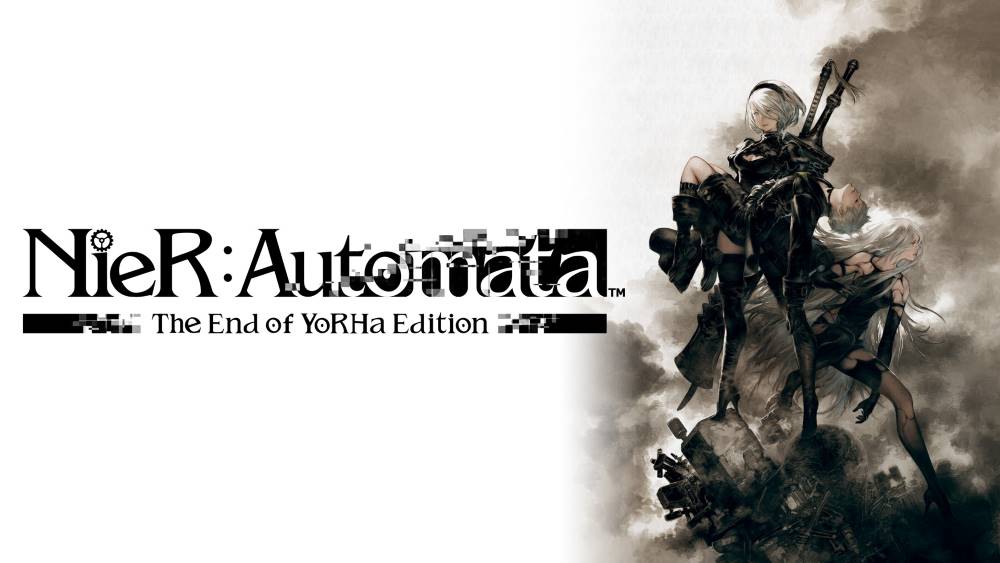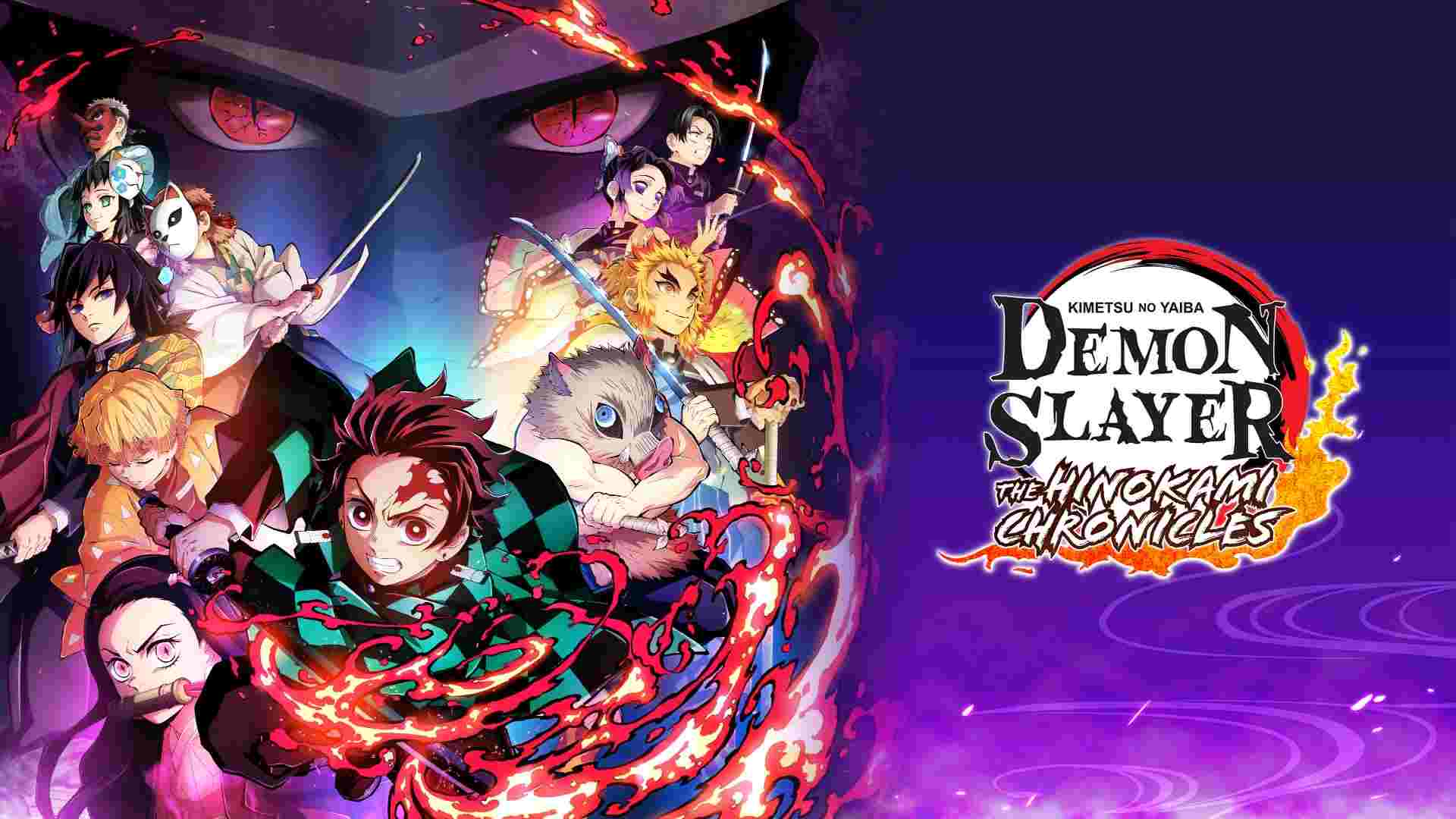Atomic Heart Review – Robot Uprising
Atomic Heart Review
Atomic Heart is a narrative-driven FPS action RPG developed by Cyprus-based Mundfish and published by Focus Interactive and 4Divinity. After five years of hard work, their debut game is finally here, hopefully realizing a long-time dream of creating a unique and captivating game experience.
As seen from our preview, Atomic Heart is a promising and challenging shooter that will test your mettle against rogue robots as well as some fearsome biological experiments. As we follow special agent P-3’s story, it will take all of his wits, resourcefulness, and grit to traverse these robot-infested streets and fight his way to the truth.
Get ready, comrades! Strap on your Kalashnikov to take on the evils of rogue machines and late-game capitalism! It’s time to take a dive into Atomic Heart.
In Mother Russia, Robots Control You!
Atomic Heart opens up with a lengthy introduction to the world that reminds me of Bioshock Infinite in more ways than one. The visual style of the game is awe-inspiring, portraying a dystopic setting with themes of free will and evolution. The world draws you in with its retro punk designs featuring 1950s Soviet chic seen throughout its robots and great use of lighting to convey an immersive atmosphere.
Atomic Heart grounds you in a sense of place with its interesting lore, found in collectible pocket watches that serve as audio logs that add to the immersion. The robots are well-designed, and the arsenal you’ll need to face them is equally impressive, all with a cohesive style that communicates a highly accurate depiction of Russia at its peak and what it could be if it achieved technological dominance.
So imagine my cognitive dissonance once the characters started to speak. Their anachronistic terms and “American” way of talking act as quite the wrench, feeling like characters from Serious Sam rather than being on the side of the Soviets. There’s also the constant quipping and expository dialogue between P-3 and his AI companion Charles, which may be comparable to Frey in Forspoken, adding to the overall irritation. Let’s not even talk about the overly thirsty robot you’ll have to deal with when you need to upgrade your weapons and abilities.
Interestingly, the game is better played with Russian voiceovers, which are well-performed by the cast. English is serviceable, but there’s a disconnect between P-3 and his English voice that makes the character sound out of place, and the overall state of the dialog is just tough to stomach. Additionally, skipping dialog seems to conk out too, with the resulting audio track being sped up to unintelligible gibberish instead of actually skipping it.

The challenging difficulty of Atomic Heart is one of its selling points, as it banks on the current trend to cater to core players. The fear of the sentient robots punches you right in the face with their highly damaging attacks, and in swarms, even the basic helper robots could be a force to be reckoned with.
You start with a melee weapon and slowly build up to receiving a full arsenal of 3D-printed guns and magic glove powers. Melee combat is a deliberate dance but also slightly cumbersome due to slow wind-ups, and you might end up taking a couple of hits before getting to grips with what you can and can’t do.
Atomic Heart implements an awkward design choice for movement, where sprinting doesn’t require pressing L3 but is instead activated by fully pushing the analog stick forward. Consequently, pushing halfway with slow you down to a walk. In general, this isn’t a problem at all, but strafing will revert you back to walking speed, making for a lot of times when you’ll unexpectedly slow down because of tilting the left analog stick out of the sprint threshold.
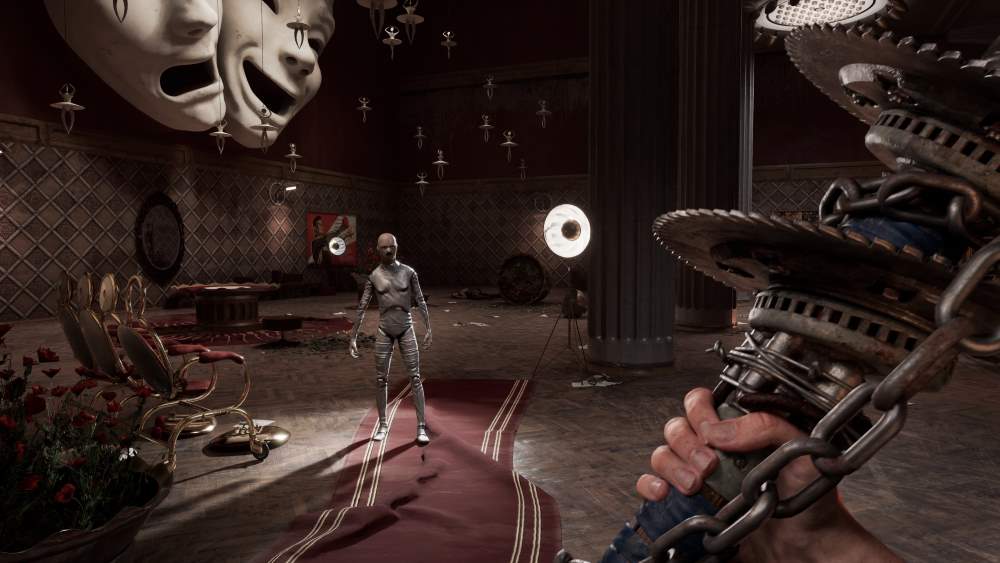
As a result, proper use of the right analog stick is especially important during combat situations to maneuver and maintain movement speed. Thankfully, Agent P-3 can quickly dash in and out of battle, which is a more tactical tool because of its short cooldown. For many, like me, first impressions of combat could be highly frustrating because of these elements.
Eventually, P-3 will collect enough resources to gain more abilities and upgrades, which is actually very easy to do thanks to the way your glove can suck up loot almost instantly and en masse. There’s a LOT to go on in terms of skills, which is great for players looking to try out specific builds and effects. Atomic Heart encourages experimentation, refunding any spent resources should you wish to try out a different path. Whether it be telekinesis or shock-related powers, unlocking these will, in turn, also unlock the full potential of combat in the game.
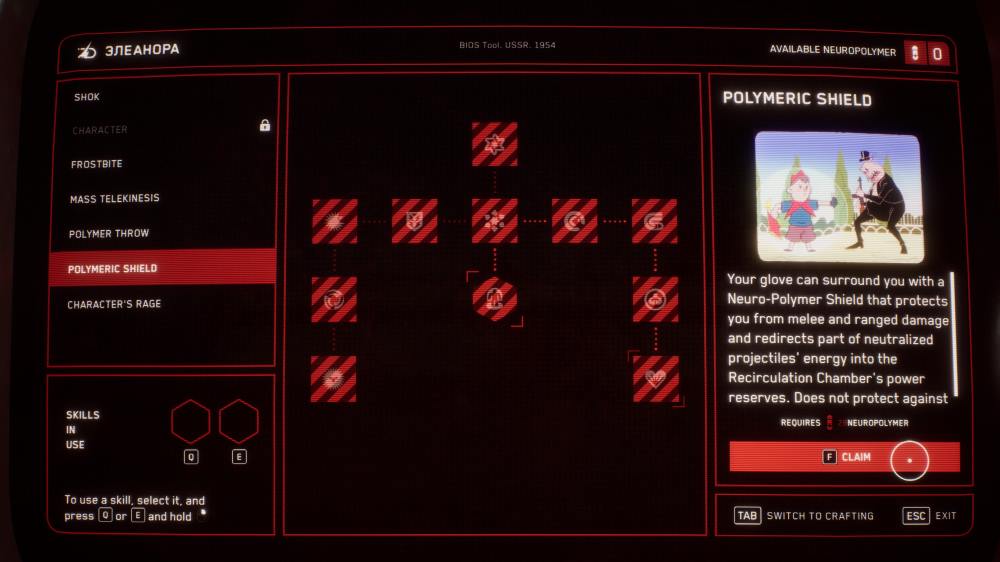
Similarly, weapons in Atomic Heart also have a number of upgrades to go through, and you’ll be spending a lot of time picking up materials to afford an arsenal that consists of shock pistols, AK-47s, and more. Interestingly, weapons can be outfitted with special cartridges to deal elemental damage, which puts more focus on the aforementioned builds. This system, when paired with skills, comes together to bring an elemental torrent of pain to the helpless robots, with meaty crunches feeling like well-deserved revenge after being unceremoniously murdered many times.
Speaking quickly about the cartridges. While the idea is to have it work in conjunction with your skills, it’s hard to actually tell if they work or not due to a lack of noticeable visual cues. I only knew that the fire cartridge worked because the robot I was shooting at just died after running around for a bit, so I assumed it was due to burning damage. Or unless you looked very very closely. Heck, even figuring out how to equip a cartridge is a puzzle on its own.
Atomic Heart also emphasizes puzzles that manifest themselves in many forms. You’ll get your usual area traversal and platforming, which can get quite frustrating due to the movement speed issue mentioned earlier, but lockpicking is also a fun and innovative puzzle of its own. Lockpicking isn’t your usual fare, and whether it’s timing-based or swapping pieces to form a pattern, the variety is quite refreshing after a few sequences, but the number of locked doors throughout the game can make it repetitive down the line.
The puzzles and combat themselves aren’t too obtuse, but they punish overthinking players. It really feels like the majority of the challenge behind Atomic Heart is adjusting to its unique paradigm.
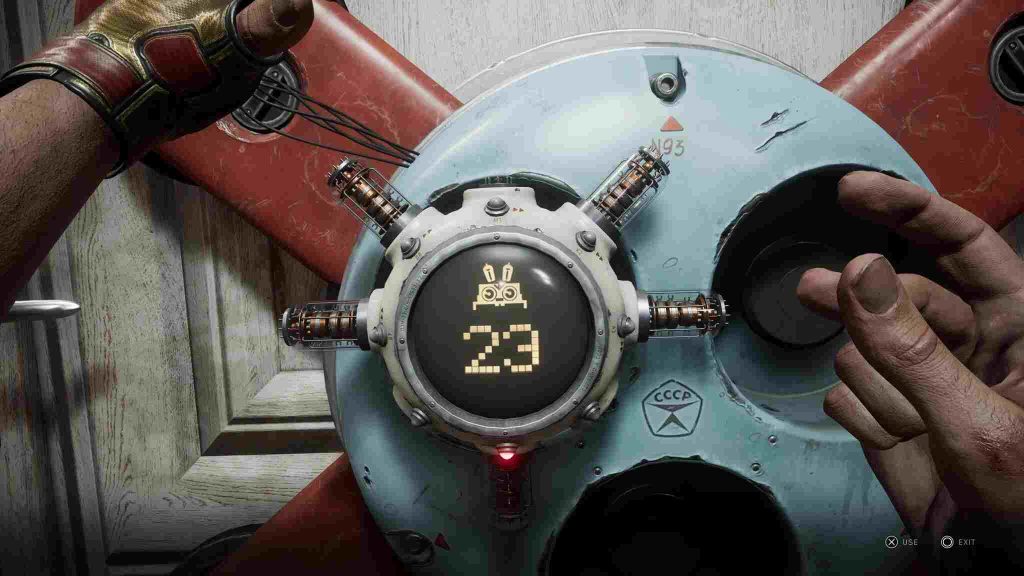
Brave Old World
After a while, Atomic Heart thrusts P-3 into an open world that, once again, challenges players to think outside of convention. In a setting controlled by a network of rogue robots, expect every corner to be littered with surveillance cameras. Parade through the streets recklessly, and you’ll start raising alarm levels, which will make patrolling robots converge on your location.
This can be very frustrating unless you figure out a way to overload the “Hawks” and disable the alarm systems, adding another process you’ll need to do just to simply explore the world. I found that this overly complicates things and can be a big factor that discourages players from enjoying the setting, feeling like the game could have benefitted more from a linear design. In general, the game has a tendency to try too many things and overcomplicate systems that ultimately work against it.
It doesn’t help that the map UI in Atomic Heart is very confusing and hard to use, offering almost no information at all. The game expects you to use the in-game network of cameras to scout positions and open up locked areas, but even this is very confusing to do.

Quests are quite repetitive as well, and you’ll notice this in the main story missions where you’ll be tasked with collecting numerous items spread across various locations to proceed to the next objective. Even though there are varying levels of combat encounters during these steps, the same quest structure seems to be used more times than we’d have wanted.
Once you go past certain points in the story, you’re not able to return to the prior area for exploring, which is a weird design choice that defeats the open-world idea. Also, once you complete Atomic Heart, there is no new game plus or a mode where you can explore previously visited areas to get revenge on your previous opponents after being fully upgraded. It’s a huge missed opportunity. (Addendum – Seems that after an update, there’s a “Return to Faciliity 3826” option in the main menu which lets you go back to the world. Yay!)
One more thing that will test your skill in Atomic Heart are the bosses, which are easily a highlight of the game. These robotic monstrosities are very well-designed, and you’ll need to take full advantage of your current powers and the environment to topple them. Unlike the regular enemy swarm that got repetitive after the fifth encounter, boss battles are actually satisfying set pieces that make the game shine. However, they are few and far between.
One of the earlier bosses is called Hedge (also shown in the promotional materials), and this rolling ball of death will require players to survive its arsenal of fiery blasts before it overheats and exposes its weak points. The pace is unbelievably fast, and the adrenaline rush of dodging cannon fire is quite exhilarating, especially when you’re close to death.
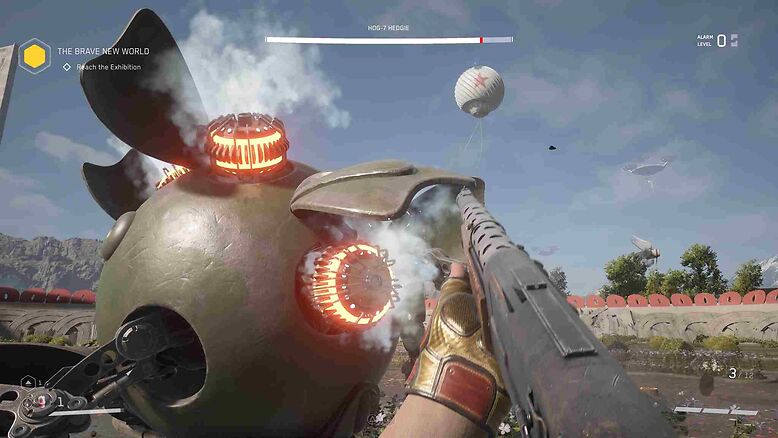
One major gripe I had with the game was its overall narrative. There were multiple tonal shifts throughout the story starting from its sharp turn from industrial sci-fi horror to quirky espionage “comedy” early in the game. The non-stop banter between P-3 and Charles thankfully died down later on, but unfortunately moves into a solipsistic debate about human evolution and free will. It would help if these unlikeable characters were developed better, but I feel the player is expected to make a leap to accept this change. For the most part, it was jarring.
It also doesn’t help that the plot is predictable. Unless you’re completely brand new to the genre, you’ll probably make 2-3 predictions on where the story is going, and you’ll end up correct 90% of the time. It leans into popular tropes, and if you’re looking for something profound in the end, you won’t find it in Atomic Heart, which ends with a payoff that doesn’t feel rewarding.
Atomic Heart defies convention once again with minimal settings to play with. The game does not have any graphics modes to choose from, but seeing as it seems well-optimized, it runs at an almost-steady 60 fps on the PS5 even during busy moments with skills and abilities in full display. Controller settings are absent as well, so you’ll have to make do with the default settings. Needless to say, there’s a lot less to tinker with here.
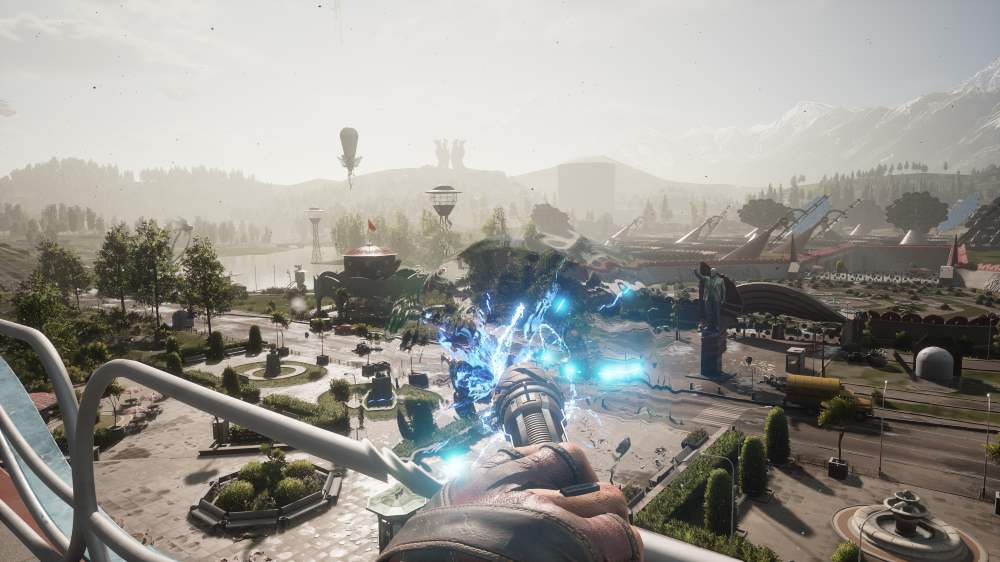
During our playthrough, bugs were minimal, and despite a couple of early game crashes, it was a pretty smooth time. Subtitles and some HUD elements are awfully small, and there seems to be no way to increase the size, so accessibility (and the lack of accessibility options) will be quite an issue for Atomic Heart.
What We Liked:
- Unique world, lore, and environment design matches the overall style guides and theme.
- Challenging combat becomes frenetic when your skill tree is fully utilized.
- Satisfying moments such as enjoyable boss fights.
What We Didn’t Like:
- Awkward controls that dampen traversal.
- Open-world mechanics feel underused.
- Predictable plot, horrible dialogue, and multiple tonal switches plague the uninspired narrative.
- Lack of various options, including accessibility settings.
Verdict: Wait for it…

Atomic Heart is a mixed bag of weird design choices and gameplay mechanics, and while the combat loop is satisfying when everything comes together, there’s also a lot of jank that comes along with it. Quite disappointing, since the game came packed with promise.
Several parts of Atomic Heart feel like they’ve been made to be unnecessarily complicated, adding layers of interaction that do not feel fun. The game does look very pretty, and the world and its inhabitants are interestingly unique, but the payoff at the end is predictable and ultimately disappointing.
Given a chance, Atomic Heart is a frenetic first-person shooter with a great visual style and some set pieces that pack a punch. Yet just like its overwrought themes and its poor attempt at profound existential exploration, they feel ultimately superficial and shaky.
*Atomic Heart was reviewed on a PS5 with a review code provided by the publisher.


